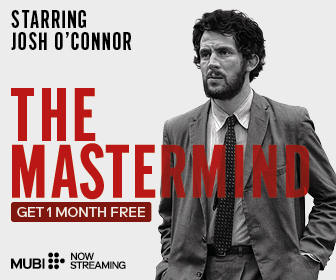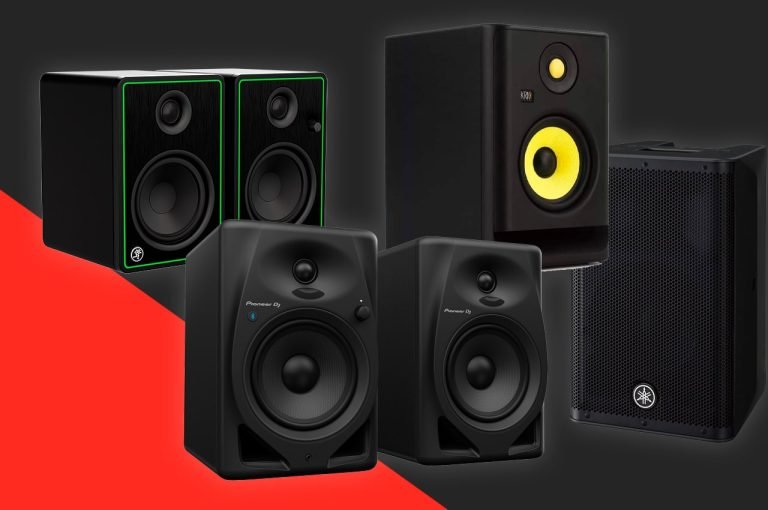The live gaming floor is changing in plain sight. In 2025 the main draw is no longer a quiet table with a dealer and a single camera. The focus moves to a studio with lights, a stage, and a confident host who treats each round like a small scene. The goal is simple clarity with a steady rhythm. A session feels planned, yet still open to surprise.
Many studios frame this shift as a move from service to spectacle. Platforms such as 4xBet lean into the idea with polished sets, clear rules on screen, and timing that fits short attention windows. A round is still a round, yet the flow looks closer to a television program than to a private table. The result fits social clips, highlight reels, and casual viewing during a commute or a short break.
Why the Show Format Works
A show format gives structure and emotion at the same time. Clear rules lower friction. A present host keeps energy alive between outcomes. Visual cues guide the eye to the next step without effort. Short cycles reward quick decisions while longer arcs sustain curiosity. The mix feels inclusive to newcomers and still rewarding for regulars who enjoy pattern reading.
Production design carries real weight. Music cues signal the start of a round, the peak moment, and the wrap. On screen graphics explain risk and payout using plain language. Camera work shifts from wide to close to give both context and detail. These choices turn each decision into a short story that repeats without fatigue. The room looks and sounds trustworthy because nothing important hides in a corner.
From Felt to Glass
The classic green felt once served as a symbol of trust. In 2025 trust grows from pacing and transparency. Results appear fast and history logs remain visible. Verification sits one click away. Limits appear before any action starts. Session controls stay in reach for pause, cash out, and help. Confidence rises when a visitor can check facts in the same view that shows the next decision.
Design now borrows from sports and reality contests. The environment stays calm, readable, and welcoming. Text does not fight the background. Numbers do not shout. Animations are brief and useful rather than flashy. Tooltips appear when needed and then fade. The screen invites action without pressure and treats a break as a normal part of the rhythm.
Studio Stack and Success Measures
Below is a compact view of core elements that define the modern live room and the reasons they matter for both trust and retention.
| Element | What it does | Why it matters |
| Host as guide | Sets tone, explains steps, keeps momentum during slow moments | Reduces drop offs and keeps the room friendly |
| Readable visual system | Uses clear fonts, strong contrast, and simple icons on all screens | Speeds up scanning and lowers error rates |
| Scene based pacing | Marks a start, a peak, and a finish for every round | Creates a rhythm that feels natural and repeatable |
| Micro challenges | Adds small optional choices near the main path | Brings texture without confusion and fits different styles |
| Instant recap | Shows short replays and trend charts after outcomes | Builds understanding and trust for the next decision |
| Clarity per second | Checks how fast a viewer understands the current state | Predicts retention and guides interface changes |
| Recovery speed | Times the jump from confusion to clarity after rare events | Protects confidence and prevents churn |
| Session health | Tracks breaks, limit use, and long term return rates | Encourages sustainable play and better pacing |
| Trust signals | Keeps rules, audits, and outcomes visible across devices | Confirms fairness and reduces support tickets |
Safety, Fairness, and the Social Layer
Trust and safety live inside the show rather than in a hidden menu. Odds receive plain explanations. Historical ranges display typical streaks, not only rare spikes. Reality checks appear on schedule and are easy to confirm. Limits can be adjusted without leaving the stage. Hosts remind audiences that breaks are healthy. Support links sit one tap away and use normal language instead of jargon.
Chat, reactions, and polls add a light social frame. The best rooms keep chat readable through clear rules and active moderation. Polls ask simple questions that match the round. Reactions stay small so the main action remains clean. Social tools help newcomers learn the rhythm and give regulars a way to share small wins without flooding the screen or slowing the pace.
Outlook for the Next Wave
Live games will keep blending studio craft with simple mechanics. New formats will test cooperative goals, timed events, and seasonal sets. More camera angles may arrive, yet the top rooms will resist clutter. The lasting lesson is clear. The show works when clarity leads and style supports. In that frame, live gaming in 2025 looks less like a static table and more like a relaxed evening program that invites smart play, steady pace, and an easy exit when the moment calls for it.







